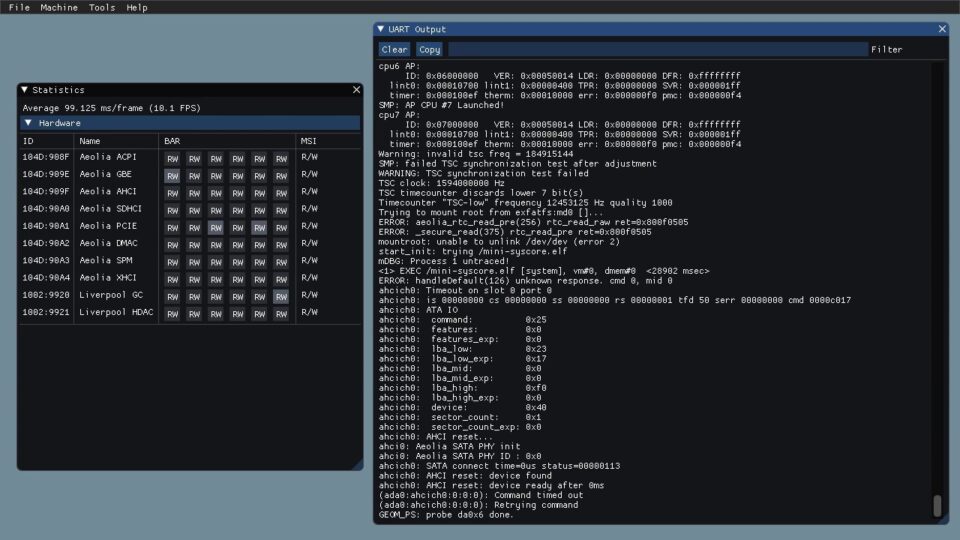Orbital emulator for Mac

INFO
Orbital is an virtualization-based PS4 emulator and debugger project written in C++ for PC compatible with Mac OS.
The first and the only legit emulator which allows you to play Play Station 4 games on Apple devices.
It uses OpenGL, Vulkan and DirectX as its back-end API renderers and runs most of the PS4 exclusives on high-end machines.
There will be frequent updates which you can grab from the download link below.

FEATURES
The current state of Orbital at booting decrypted kernels can be followed in the issue tracker: both PS4 4.55 and PS4 5.00 have been tested.
Orbital supports multiple input gaming devices.
You can even use mouse input for first-person-shooter games. PS4 controllers have plug and play support on Orbital emulator.

DISCLAIMER
This project is not ready for end users.
No binaries are provided, so you must build each of the three components (BIOS, GRUB, QEMU) yourself.
Furthermore, configuring the emulator to do something will be hard, as you will need to extract your own console keys.
More information and guides on this matter will be available in the future.
SYSTEM REQUIREMENTS
PS4 is based on x64 architecture so Orbital runs natively on Mac OS systems by taking advantage of OGRE, Vulcan API and Orbital hardware-assisted virtualization.
- CPU: x86-64 CPU with AVX/BMI1 and virtualization extensions
- RAM: 8 GB minimim (12 GB recommended)
- OS: OS X (or above)
- Device: MacBook Pro late-2018 or newer with dedicated GPU
Orbital is optimized to use up to 8 cores of a processor but requires at least 4 core processor with SSE-4.2 and AVX.

UPDATES
- Fixed js104 error
- Fixed AMD drivers not working Orbital (critical fix)
- Bug fixes with resizing on 1440p monitors
- Fixed 3 installing errors for older Window Builds
- Updated GUI
- Improved general performance
DOWNLOAD
- Orbital emulator for Mac: orbital-latest.dmg
VERSIONS
This software is also available on the following devices:
INSTALL
- Download .dmg file
- Click on the file to start installation
- Click on setup icon
- Click Open to proceed with the installation
- Select the destination folder
- Run the application